
Lorimoto’s Front Line exhibition gives new meaning to the idea of “border politics.” Literally straddling the border between Bushwick, Brooklyn and Ridgewood, Queens, the new(ish) gallery delivers a fresh, captivating and insightful view of the neighborhood through the work of three very distinct artists: Jonathan Auch, Yasuyuki Takagi, and collaborative duo Armas Carino. Although speaking through different media, the artists are all united in their interest in showing the neighborhood, capturing the people, the buildings and the detritus of the city as they go.
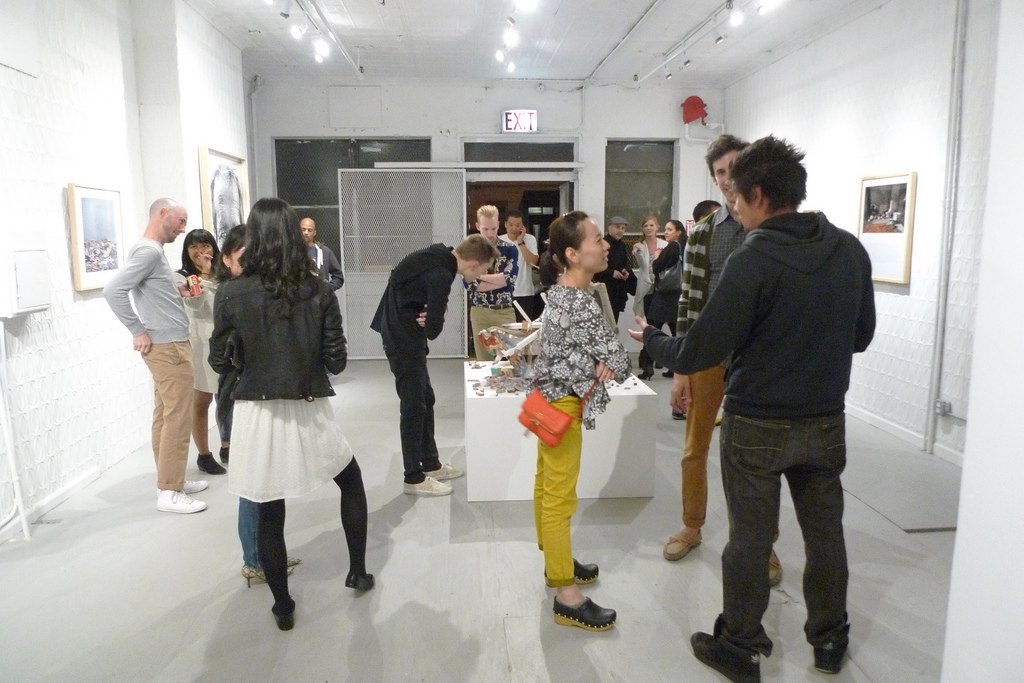
Opening right onto the street, the gallery immediately feels like an extension of the neighborhood, invitingly welcoming to passerbys. Lori Kirkbride, co-owner/director of the space along with her husband Nao Matsumoto, said that she was happy to have the gallery on the first floor, outside of the larger gallery buildings notorious in Bushwick. Kirkbride and Matsumoto, both artists, recently gave up their two separate studio spaces on opposite sides of Brooklyn in favor of the one building, a former knitting factory, that could accommodate two studio spaces along with the new gallery space. A great move on their part, the gallery is bright and airy and offers enough space for the large installations and monumental black and white portraits to breathe.
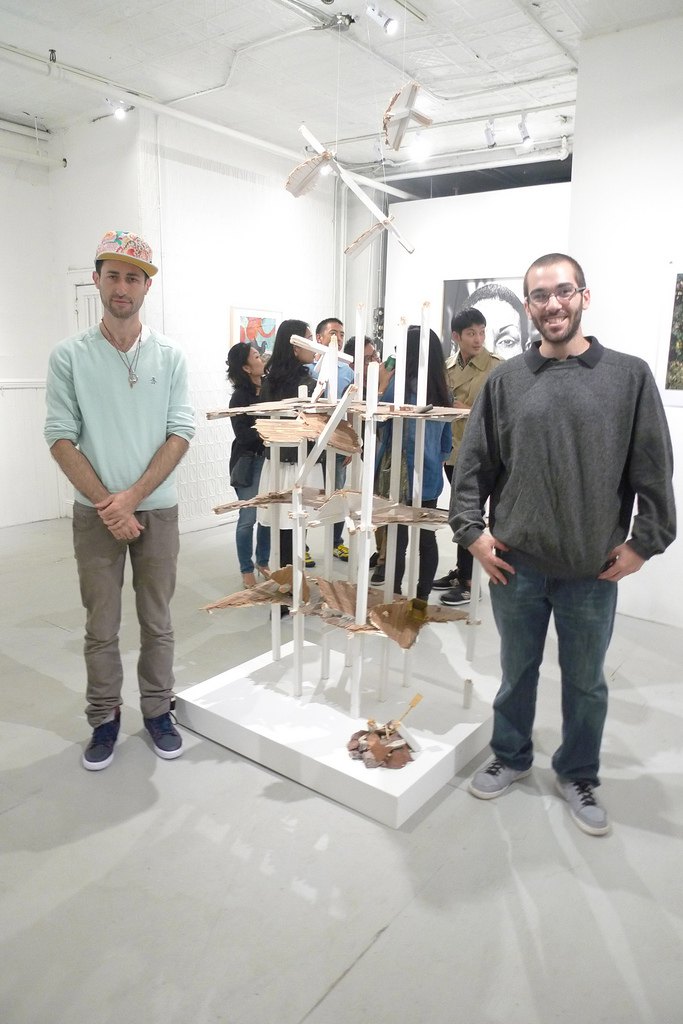
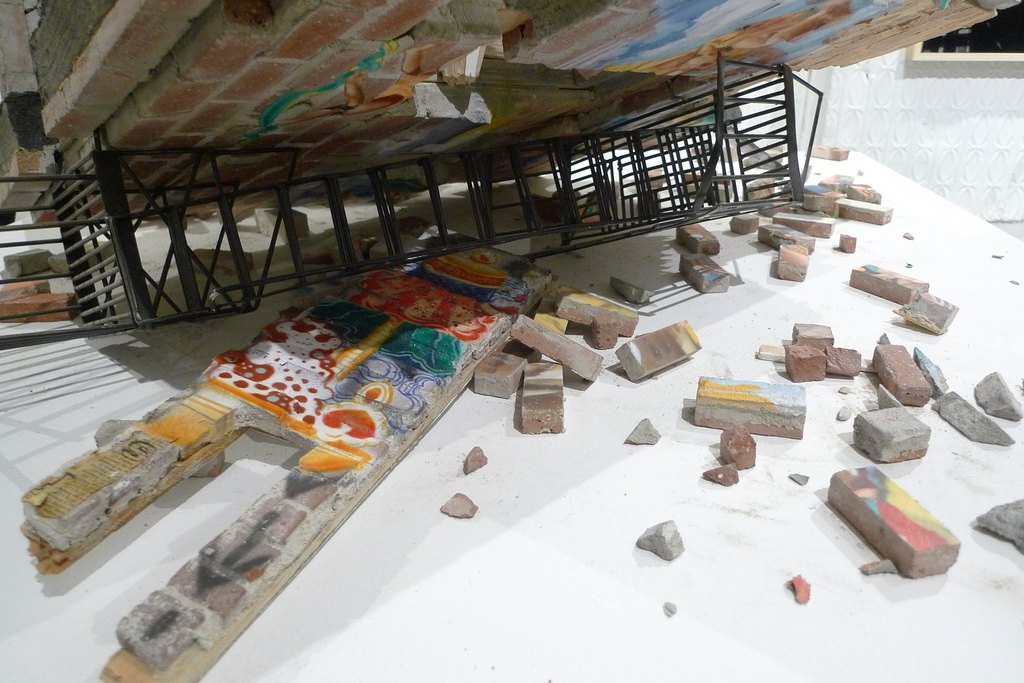
The stunning sculptural/architectural installations of Armus Carino is the first piece to instantly draw you into the gallery space. A cross between a demolished building and excavation site, the meticulously constructed pieces convey both growth and ruin at the same time. The works, pieced together by collaborators Ori Carino and Benjamin Armas, are comprised of bricks from demolished or decaying buildings. The two rebuild them, in a manner of speaking, creating an homage to the fallen – a reminder that everything decays, everything is in a constant state of change. While incredibly meaningful in our own neighborhood, the works speak to larger issues of the dereliction in city neighborhoods (think Detroit, and ten years ago, Pittsburgh) and the effect they can have on the community. Yet, despite this ruin, growth emerges and shift happens again.
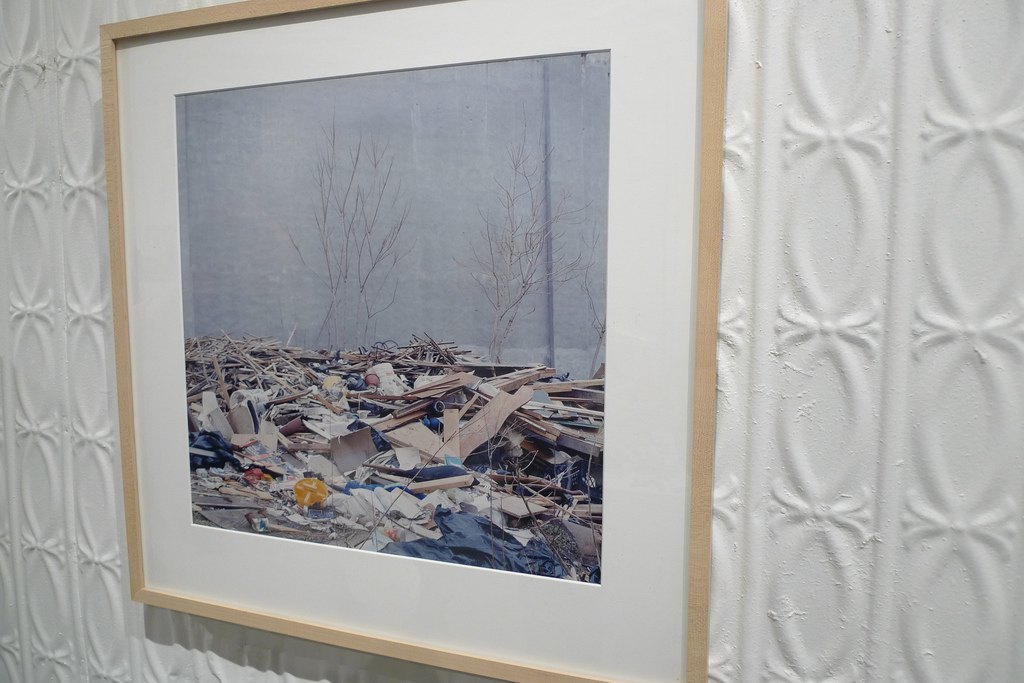
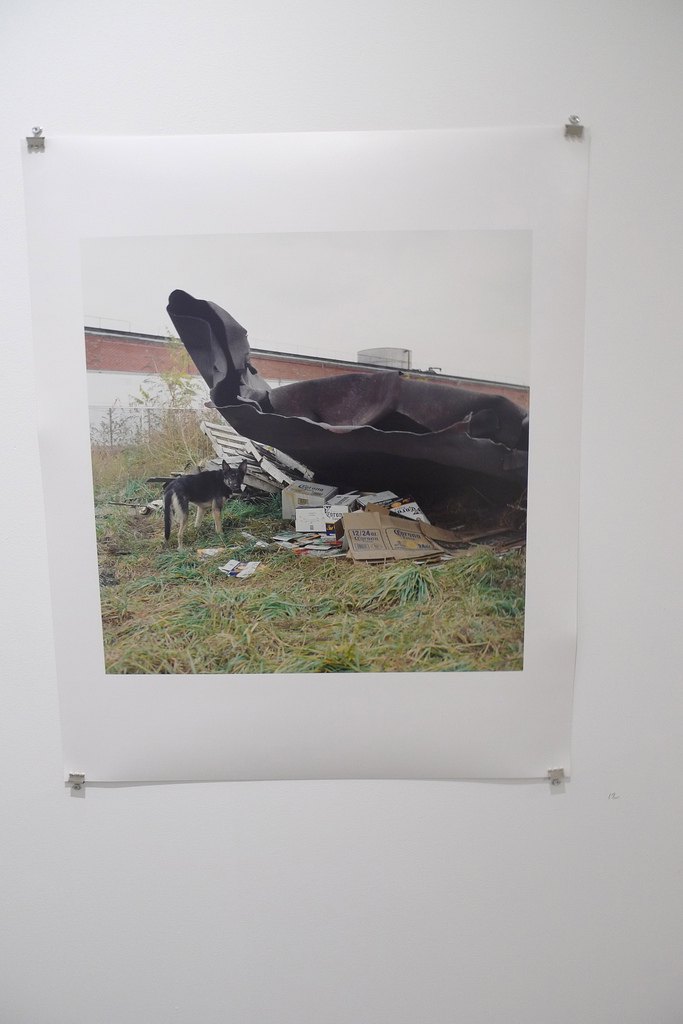
Along a similar vein, artist Yasuyuki Takagi has spent the last twelve years documenting changes to neighborhoods in Brooklyn using empty lots as his marker. While seemingly desolate and abandoned at first glance, each photograph is brimming with activity. In what first appears to just be a rubbish heap, you can begin to pick out details of what might have once been someone’s home. In another a neighborhood dog is caught in the midst of rummaging under an indistinguishable bent piece of metal. Each image tells innumerable stories of their past and current state. Since most of these lots are no longer there, the photographs act as memorials to the interstitial spaces that are usually overlooked and unwanted.
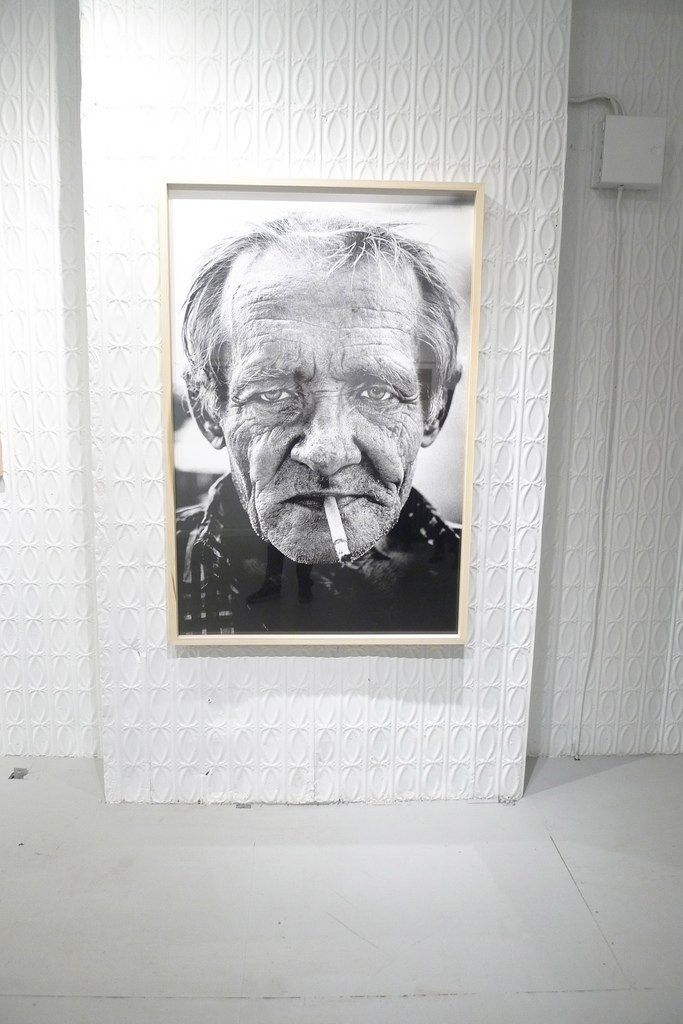
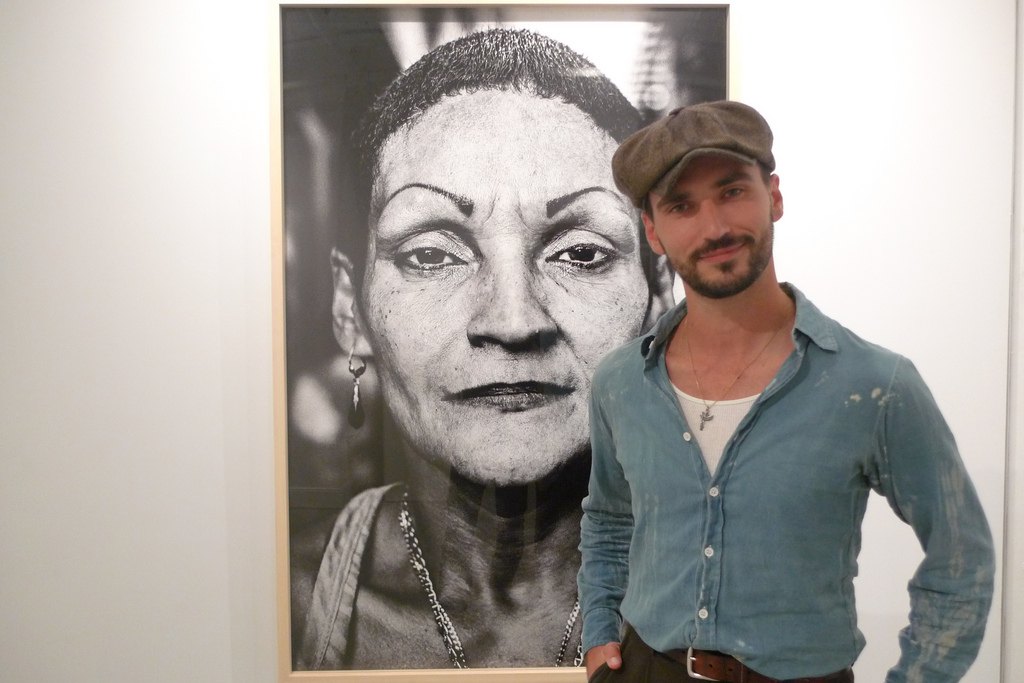
While Armas Carino and Yasuyuki Tagaki’s pieces focus on these inhabitable spaces that comprise our neighborhoods, Jonathan Auch focuses on the people who live here. Each of his portraits captivates in its straightforward, unflinching capture of its subject. With each figure flush in the foreground of the composition and almost completely devoid of a background, the viewer is confronted directly by the subject without reprieve. Although somewhat jarring initially, each of the compositions begins to take on a life of its own, allowing the figure in each to become a person. The camera misses nothing: each image is brutally and beautifully honest to their perfectly balanced light and dark tones.
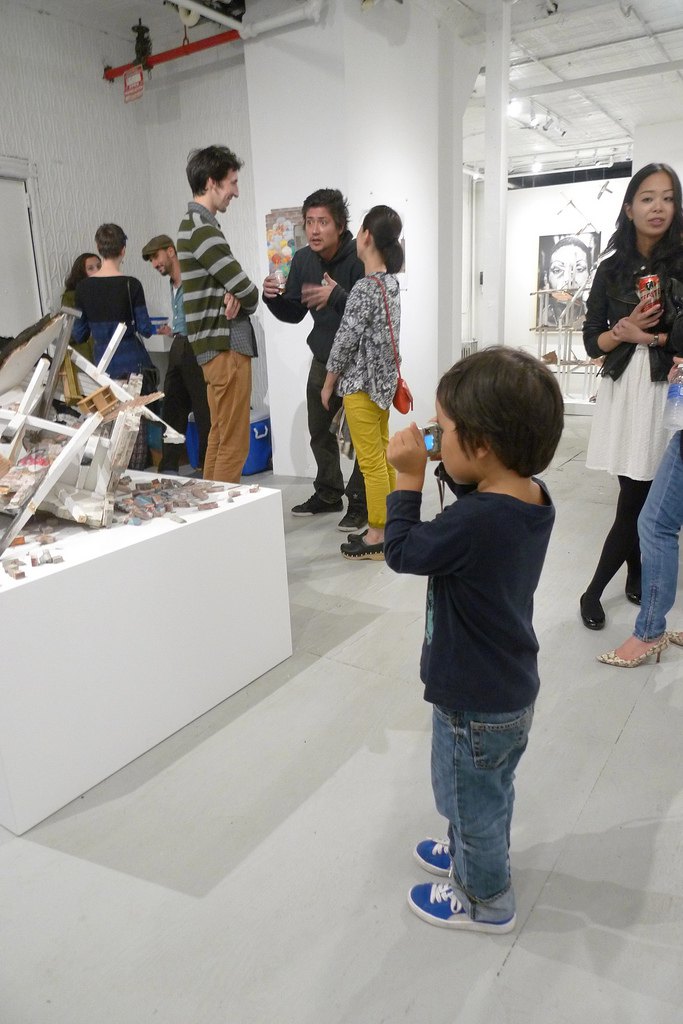
I was initially skeptical about the topic of this show; I feared that the theme might be too broad and whitewash more important elements of issues in a neighborhood dealing with serious issues of gentrification. However, upon seeing the exhibition all these worries washed away. The show is not preachy, nor is it one-sided or patronizing. The works stand alone as beautiful objects that capture a spirit and a moment, and then allow the viewer to step back and see what they wish. While the theme centered around our neighborhood and the dynamic Bushwick/Ridgewood frontier, the themes and conversations that the show provoked move beyond the hyper-local, resonating with drastic universal truths about urban decay, gentrification, and the constant ebb and flow of city life.
Front Line will be on view at Lorimoto Gallery through October 27th.
The gallery is located at 16-23 Hancock St. Ridgewood and open Saturday and Sunday 1-6PM.


